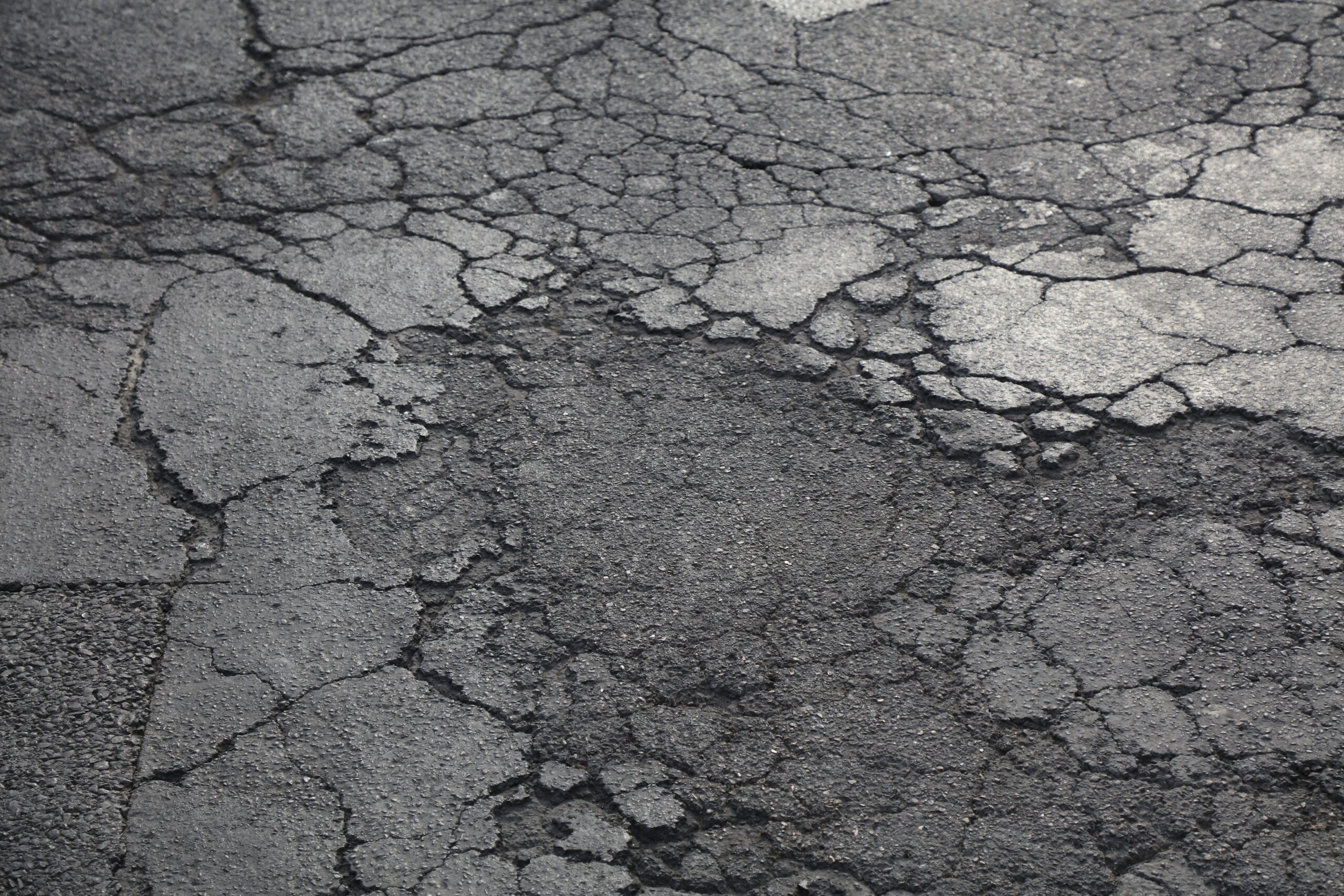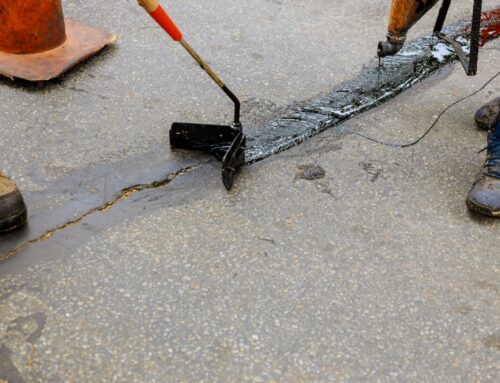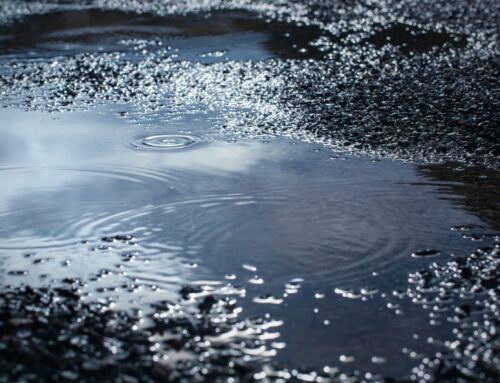As soon as asphalt is laid, the oxidation process begins. For property owners with asphalt, this is important as oxidation can be damaging to the asphalt if left unaddressed.
At Sunrise Asphalt, we know that protecting your investment is important, and we’re here to help. In this article, we’ll explore what oxidation is and how you can protect and prolong the lifespan of your asphalt.
WHAT IS OXIDATION?
When a molecule, atom, or ion comes in contact with oxygen, it creates oxidation. For instance, think of fruits and vegetables browning after being cut and the tarnishing of metals over time. That’s oxidation. In asphalt, oxidation has a different effect.
Once asphalt is laid, oxygen begins to break down its molecular bonds. This causes the asphalt to become very stiff and brittle over time. The rate at which oxidation occurs varies and can be accelerated by things like UV radiation, temperature fluctuations, and oxygen exposure.
WHY IS ASPHALT OXIDATION BAD?
Oxidation, if not addressed, can significantly damage asphalt. When asphalt becomes stiff and brittle, it causes cracks and potholes. This allows water and oxygen to enter, which then speeds up the oxidation process and exacerbates the damage.
HOW DO YOU IDENTIFY ASPHALT OXIDATION?
There are some obvious signs of oxidation in asphalt. Cracks and potholes are clear indicators of oxidation. However, there are other telltale signs to watch for. These include:
- Fading color: When asphalt is brand new, it is black in color. Over time, oxidation causes the asphalt to fade, eventually fading into a lighter gray shade.
- Unraveling: When oxidation breaks down asphalt binders, you may start to notice loose rocks, gravel, or sand on the surface of the asphalt. This is known as unraveling.
If you notice that your asphalt is fading in color, unraveling, or developing cracks and potholes, it’s time to act.
HOW DO YOU PREVENT OXIDATION?
To help protect your investment, it’s best to be proactive and prevent oxidation from happening in the first place. One of the most effective ways to do this is by regularly seal coating the asphalt.
Seal coating is a protective layer applied to asphalt. It’s either sprayed on or spread with a squeegee to help reduce damage caused by oxidation, water, and chemicals.
In general, asphalt should be seal coated every two to three years; however, you might need to apply it more often if the weather is especially harsh or the asphalt is used a lot (think busy parking lots).
WHAT ARE THE BENEFITS OF SEAL COATING?
There are several reasons why it’s important to regularly seal coat asphalt.
- Prevent oxidation: UV rays can damage asphalt, causing brittleness, cracks, and discoloration. This is similar to the effects that UV rays have on house or car paint. Seal coating asphalt creates a protective barrier to help reduce the harmful impact of UV rays.
- Prevent water damage: While heat is a main concern in Southern Arizona, rain can also cause damage, especially during monsoon season when there are heavy downpours. When water seeps into small cracks and crevices, it weakens the asphalt and can eventually lead to erosion, cracks, and potholes. Seal coating acts as a waterproof barrier.
- Protect against chemicals: Besides harsh weather, chemicals like oil and gasoline that can leak from vehicles are also harmful. When seal coating is applied, these chemicals remain on the asphalt’s surface and can be easily cleaned.
- Save money: Seal coating can help you save money by preventing costly repairs and prolonging the life of the asphalt.
- Freshen appearance: Seal coating restores the asphalt’s black color and helps hide stains and blemishes for a newer, fresher look.
CAN YOU FIX OXIDIZED ASPHALT?
Preventing the damaging effects of oxidation is best, but if oxidation has already caused damage, there are several ways to possibly repair it.
Depending on the extent of the damage, seal coating may not be sufficient. In these instances, resurfacing or patching may be recommended.
- Resurfacing involves laying a new layer of asphalt over the existing pavement to conceal any cracks or damage caused by oxidation.
- Patching involves removing the damaged areas and replacing them with new asphalt.
However, if there’s extensive damage, it might be best to remove all of the old pavement and start from scratch.
Sunrise Asphalt is here to help. We have the expertise you need to keep your asphalt in good condition. Contact us today!





